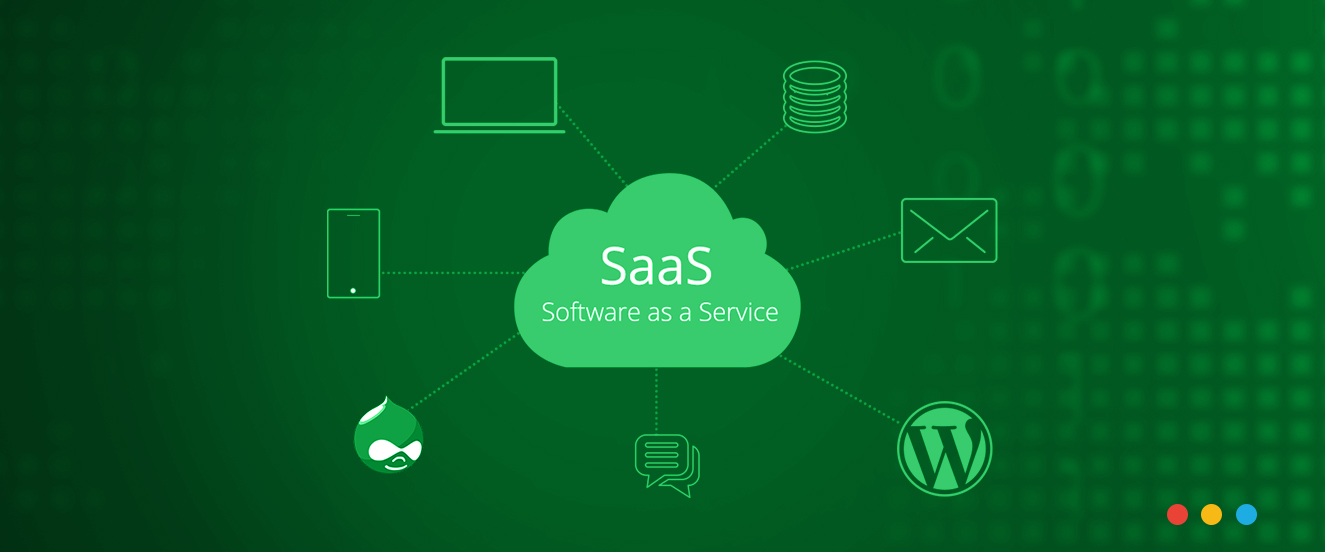
SaaS is also known as "On-Demand Software". It is a software distribution model in which services are hosted by a cloud service provider. These services are available to end-users over the internet so, the end-users do not need to install any software on their devices to access these services.
SaaS pricing is based on a monthly fee or annual fee subscription, so it allows organizations to access business functionality at a low cost, which is less than licensed applications.
Unlike traditional software, which is sold as a licensed based with an up-front cost (and often an optional ongoing support fee), SaaS providers are generally pricing the applications using a subscription fee, most commonly a monthly or annually fee.
SaaS services are offered as a one-to-many model means a single instance of the application is shared by multiple users.
The software is hosted remotely, so organizations do not need to invest in additional hardware.
Software as a service removes the need for installation, set-up, and daily maintenance for the organizations. The initial set-up cost for SaaS is typically less than the enterprise software. SaaS vendors are pricing their applications based on some usage parameters, such as a number of users using the application. So SaaS does easy to monitor and automatic updates.
All users will have the same version of the software and typically access it through the web browser. SaaS reduces IT support costs by outsourcing hardware and software maintenance and support to the IaaS provider.
SaaS services can be accessed from any device such as desktops, laptops, tablets, phones, and thin clients.
SaaS services easily integrate with other software or services through standard APIs.
SaaS services are accessed directly from the service provider using the internet connection, so do not need to require any software installation.